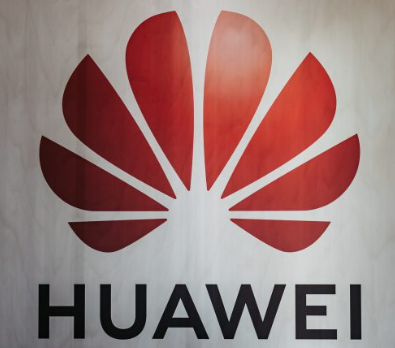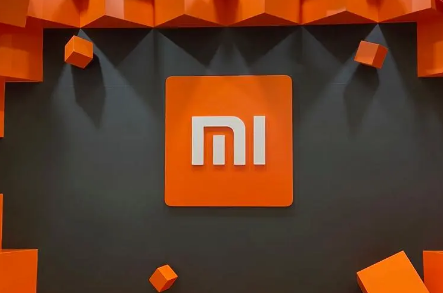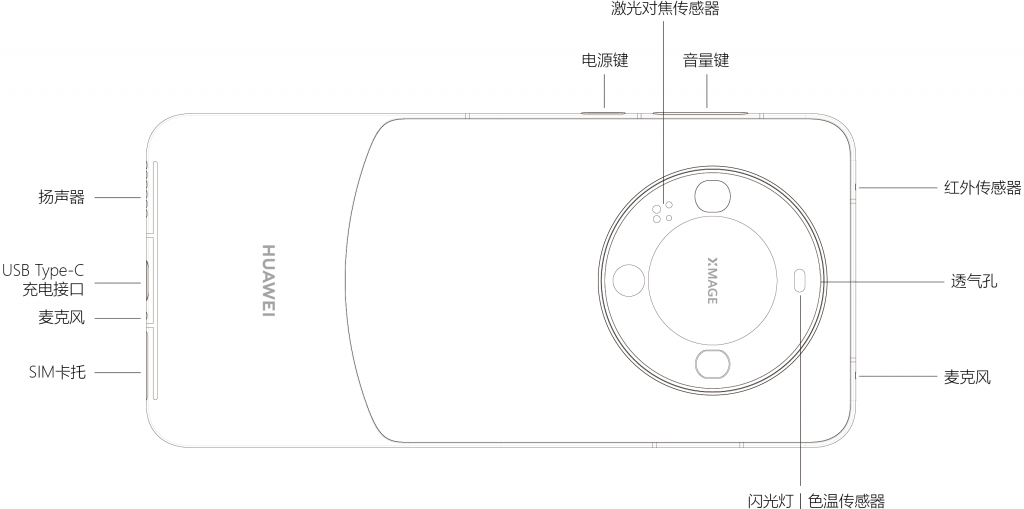fter overtaking Apple in smartphones, Huawei is aiming for No. 1 by 2020
Huawei Consumer Business Group's CEO, Richard Yu, attends the launch of the new Huawei P20 smartphone, the new generation smartphones of the Chinese brand Huawei at Le Grand Palais on March 27, 2018 in Paris, France.
Walk around any major city in China, and you'll see Huawei stores and ads everywhere. That's because it's the number one player in the world's biggest smartphone market, and has become a major contender on the world stage.
The Chinese technology firm overtook Apple to become the world's second-largest smartphone vendor by market share at the end of the second quarter of the year and has set its sights on the number one spot — currently held by Samsung — by 2020.
"Next year, we will be very close to number one, maybe we will be on par with Samsung. And at least the year after, maybe we have a chance (to be number one), the year 2020," Richard Yu, the CEO of Huawei's consumer division, told CNBC in an exclusive interview.
Rapid rise
These days, the company is talking about foldable phones, 5G mobile technology and augmented reality glasses. But it wasn't always like this. In fact, Huawei didn't even have any own-brand smartphones of its own until 2010, three years after Apple debuted the first iPhone.
The company became one of China's biggest technology firms thanks to the growth of mobile networking equipment, and is now one of the largest suppliers in the world for that market. It was also an original design manufacturer (ODM), which meant it designed and made devices for other firms.
In 2010, Huawei launched its first own-brand smartphone called IDEOS running Google's Android mobile operating system and costing around 60 euros ($67.50). Fast forward to 2018 and the company is releasing handsets that have original artificial intelligence chips and world-first features, costing over $1,000.
The move from ODM to smartphone giant was spearheaded by Yu, who previously worked in Huawei's business-to-business (B2B) division and became CEO of the consumer group in 2012. At the time, a few trends got Yu excited about the potential for Huawei in the smartphone space including the switch from feature phones to smartphones and the arrival of 4G mobile internet.
He decided that Huawei would stop making feature phones and focus on high-end smartphones with larger batteries and bigger screens that consumers were asking for.
Clash with the board
Yu has been the face of Huawei's consumer division, often fronting their product launches which have become huge marketing events for the company. He's perhaps unknown outside technology circles but is an outspoken figure.
The CEO says he encourages risk-taking, which has helped Huawei grow quickly.
"I encourage the team to have this innovation capability, to make bold innovations, to do something which some guy feels is a little bit crazy, to challenge ourselves and the industry," Yu told CNBC.
"I am very simple guy. I hate bureaucracy."-Richard Yu, CEO of Huawei's consumer division
Huawei has historically had a business-to-business focus and this often meant Yu clashed with senior management as he tried to push the consumer business.
"The big challenge for me is I'm working for a company, the whole company runs on B2B, our managers, all our guys, executives, are B2B heads, but with this B2B head we are running a B2C business. So there are a lot of arguments, a lot of obstacles because people say, 'you are doing this the wrong way.' Actually we are doing this the right way. This is the biggest barrier," Yu said in a very frank part of the interview.
AI, foldable screens
Still, Huawei has pushed ahead with consumer products. Much of its success so far has been down to putting out smartphones with new technologies but at affordable price points. It has been pushing the barrier with prices and also bringing in cutting-edge features. For example, the P20 Pro was launched earlier this year, boasting a triple-lens camera that retailed for just over $1,000.
Huawei also designs its own artificial intelligence chips which appear in its smartphones, much like Apple does.
For Yu, AI will be a key technology that will take smartphones to the next level and help the company grow in the future.
"AI is coming. AI will be the engine for all the future services. AI will be elementary to working on many devices, it will connect all the apps, you can get all the services from this AI capability. The biggest changes in the next 10 years will be AI-enabled phones capability," Yu told CNBC.
For Huawei, it will be a tough battle, especially if it looks to internationalize any services, given the strength of companies like Spotify and Netflix outside China.
"Currently Huawei is primarily synonymous with being a hardware provider and it may find it needs to get its brand more established in consumer consciousness before it can make the transition to offering services too," Ben Wood, chief of research at CCS Insight, told CNBC by email.
"With so many well-recognized services such as Spotify for music and Netflix for films and TV already established with such a large number of consumers, it is doubly difficult for Huawei to grab share in these areas," he added.
"However, history shows that Huawei can be incredibly tenacious so I would not rule out the company slowly getting consumers outside China to embrace its service over time. That said, it's going to be a long tough journey," Wood said.
Politics and competition
Huawei faces some headwinds in its global ambitions.
The company has been caught up in politics over the past few years with its consumer division being dragged into it as well. In 2012, Huawei was effectively blocked from the U.S. network equipment market after the government cited it as a national security risk that could provide backdoor access to leak sensitive information to China. The company denies this claim.
Huawei CEO Richard Yu gives a press conference to present the new Huawei Balong 5G01, a 3GPP 5G commercial chipset on February 25, 2018 in Barcelona, on the eve of the inauguration of the Mobile World Congress (MWC).
Earlier this year, six top U.S. intelligence officials warned American consumers not to buy Huawei phones.
Yu addressed the tough conditions in the U.S., saying it's not necessary to be in the market in order to grow.
"China and U.S. trade war is creating a higher barrier for us. Because the consumer business is so big, I think we can focus on other market rather than U.S. market," he said.
"The market is so big, we don't need to wait for the U.S. market. Instead we can put more energy on the global market," Yu said, adding that Huawei hopes to return to the U.S. but will "have to be patient."
Beyond politics, Huawei is facing stiff competition in the ever-evolving smartphone market.
Chinese vendors like Xiaomi, Oppo and Vivo are its key rivals, while Samsung won't be dislodged from the number one spot easily.
Samsung Mobile's CEO DJ Koh told CNBC in an interview in September that the company was switching its mid-tier smartphone strategy to bring more innovative features to its lower-priced phones, a move which could help it fend off the threat of Huawei. That strategy was seen with the Galaxy A9, the world's first smartphone with a quad lens rear camera, which was released in October.
And Samsung will not be easy to beat. It has only slipped from the pole position in the smartphone market three times in the last five years, usually just for one quarter, according to data from Counterpoint Research.
Neil Shah, a research director at Counterpoint estimates Huawei would need to shop around 30 million to 40 million more smartphones per quarter to overtake Samsung.
"The markets where Samsung is strong – USA, Europe, India — has to be conquered by Huawei to make this happen," Shah said, adding that India will be tough because of Samsung's manufacturing, distribution and brand, while the U.S. is "out of the question near-to-mid-term."
But Shah said that Samsung could see its shipments dwindle because of fierce competition which could help push Huawei to number one.
Yu's ambitions are bigger than smartphones, however. With new products like its speaker and wearable devices, Yu is aiming to create an ecosystem of smart devices.
"We want to take a leading role in the next ten years to become a whole solution smart life provider," Yu told CNBC.
在线留言询价
- 一周热料
- 紧缺物料秒杀
| 型号 | 品牌 | 询价 |
|---|---|---|
| RB751G-40T2R | ROHM Semiconductor | |
| TL431ACLPR | Texas Instruments | |
| MC33074DR2G | onsemi | |
| BD71847AMWV-E2 | ROHM Semiconductor | |
| CDZVT2R20B | ROHM Semiconductor |
| 型号 | 品牌 | 抢购 |
|---|---|---|
| BP3621 | ROHM Semiconductor | |
| IPZ40N04S5L4R8ATMA1 | Infineon Technologies | |
| STM32F429IGT6 | STMicroelectronics | |
| BU33JA2MNVX-CTL | ROHM Semiconductor | |
| ESR03EZPJ151 | ROHM Semiconductor | |
| TPS63050YFFR | Texas Instruments |
- 周排行榜
- 月排行榜
AMEYA360公众号二维码
识别二维码,即可关注


请输入下方图片中的验证码:


























